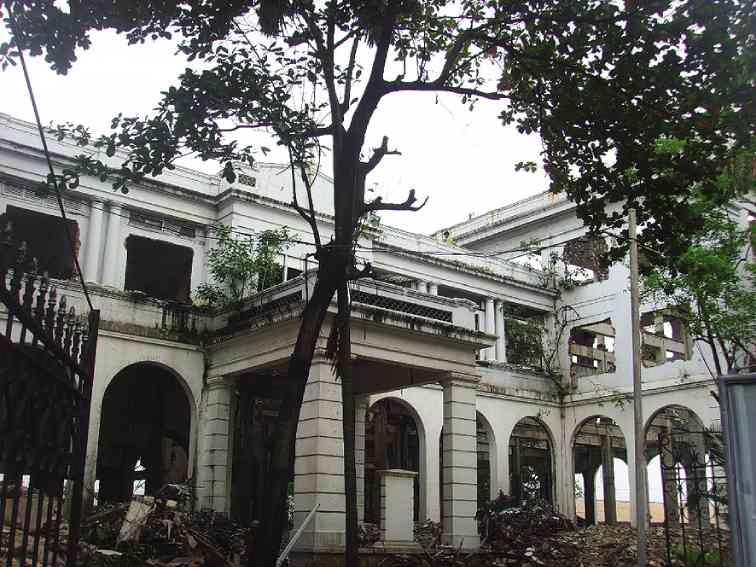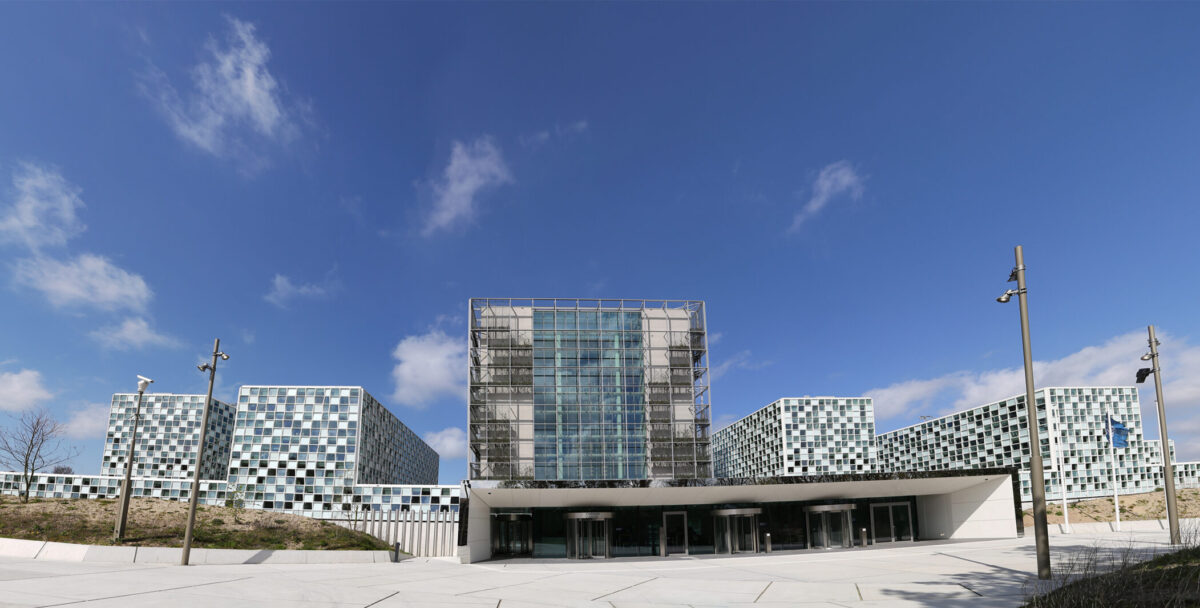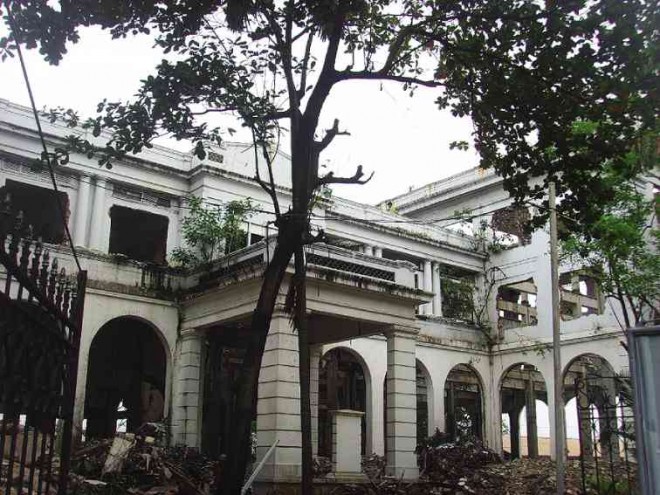
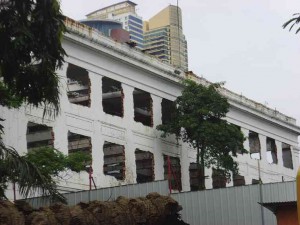
Historic Army and Navy Club (ANC) in Manila has become a shell and a ghost of its old self after it has been stripped and practically dismantled by a hotel developer with clearance from City Hall and even the National Historical Commission of the Philippines (NHCP).
The building, built in the early 1900s, was declared a National Historical Landmark in 1991 by the National Historical Institute, the former name of NHCP.
NHCP said that the part that had been torn down by the developer was merely an annex to the original Army-Navy Club designed by William Parsons.
But heritage-conservation advocates are alarmed by the quick pace of the development which they said had practically stripped the original building.
“Can somebody tell me what’s happening to our Army-Navy Club?” asked Nina Yuson, president and chief executive officer of the nearby Museo Pambata, which is housed in what used to be the Elks Club, also designed by Parsons.
Quick development
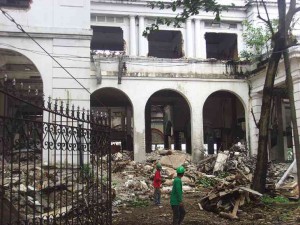
Yuson said they were surprised to see in the news the quick development happening.
“They started knocking [the building] because we could feel the mini-earthquake,” she said. “Before we knew it, that’s really how it looks like—a shell.”
Yuson said the work started only on the last week of August.
Ivan Henares, president of the Heritage Conservation Society, also expresses his concern.
“We have raised these concerns with the NHCP, the government agency responsible for the protection of the building, and we are also monitoring the development,” he said.
“The NHCP has answered that it has no objection to the dismantling of two ancillary buildings [not original components] of the Army and Navy Club, which are in an advanced state of deterioration.
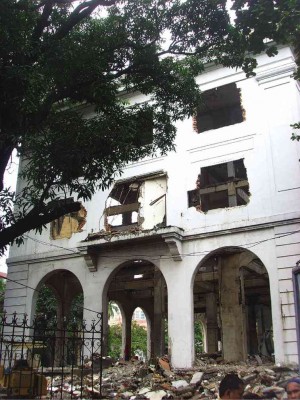
“They add that the developer, Oceanville Hotel and Spa Corporation, is said to be presenting the final restoration and development plan of the Army and Navy Club done by Palafox and Associates as soon as AMH Engineering Consultant finalizes the detailed engineering studies.”
Redevelopment project
Architect Wilkie Delumen, NHCP Historic Preservation Division chief, said the redevelopment project had a permit from the Manila City government.
He added the AMH engineering firm had asked NHCP for the go-signal so that it could conduct the detailed engineering study (DES) for the redevelopment.
He also disclosed that Oceanville Hotel and Spa Corporation was the project’s developer while Felino Palafox Jr. was the architect.
Delumen said a development plan would be made once the DES was done, adding that “the structure’s integrity is still intact.”
The building’s corroded steel window frames, said Delumen, were dismantled while the “not original” annex building was demolished due to its bad state.
Inform public
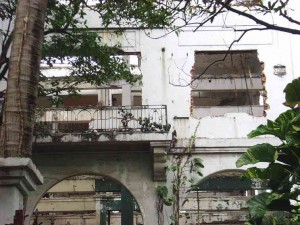
“As reported by the developer,” said Delumen later in an SMS to this writer, “tapos na [DES] so they dismantled the components that are structurally unsound and hazardous as recommended by AMH structural engineers. The development plan is almost done with some details (still) to be done and Palafox will present it per report of Oceanville.”
It is not clear why NHCP gave the go-signal for the dismantling of the annex even without the engineering studies. Or why the AMH had stripped the original building when the clearance given to it by City Hall and NHCP was only for the annex. Or why the “redevelopment” was proceeding when there were no studies or development plan yet submitted to authorities.
Delumen said he suggested to the developer to mount a tarpaulin on the perimeter wall showing the project and its perspectives for the public to be informed.
But no such tarpaulin has been put up as of press time.
Bombshelters
Completed in 1909, the Army-Navy Club was the first social club exclusively for the American military in the country.
It is a three-story structure with an impressive arch entrance and airy verandas.
It shares a lot with the Manila Elks Club building, which was the civilian counterpart of ANC. This particular building was also designed by Parsons and completed in 1911.
Both served as bomb shelters and evacuation centers during the Second World War. But the two heritage structures were heavily damaged during the liberation of Manila and subsequently rebuilt.
The Army-Navy Club was converted into Museo ng Maynila during the term of former Mayor Alfredo Lim. The museum lasted for just a few years and eventually closed due to the building’s alleged structural instability.

